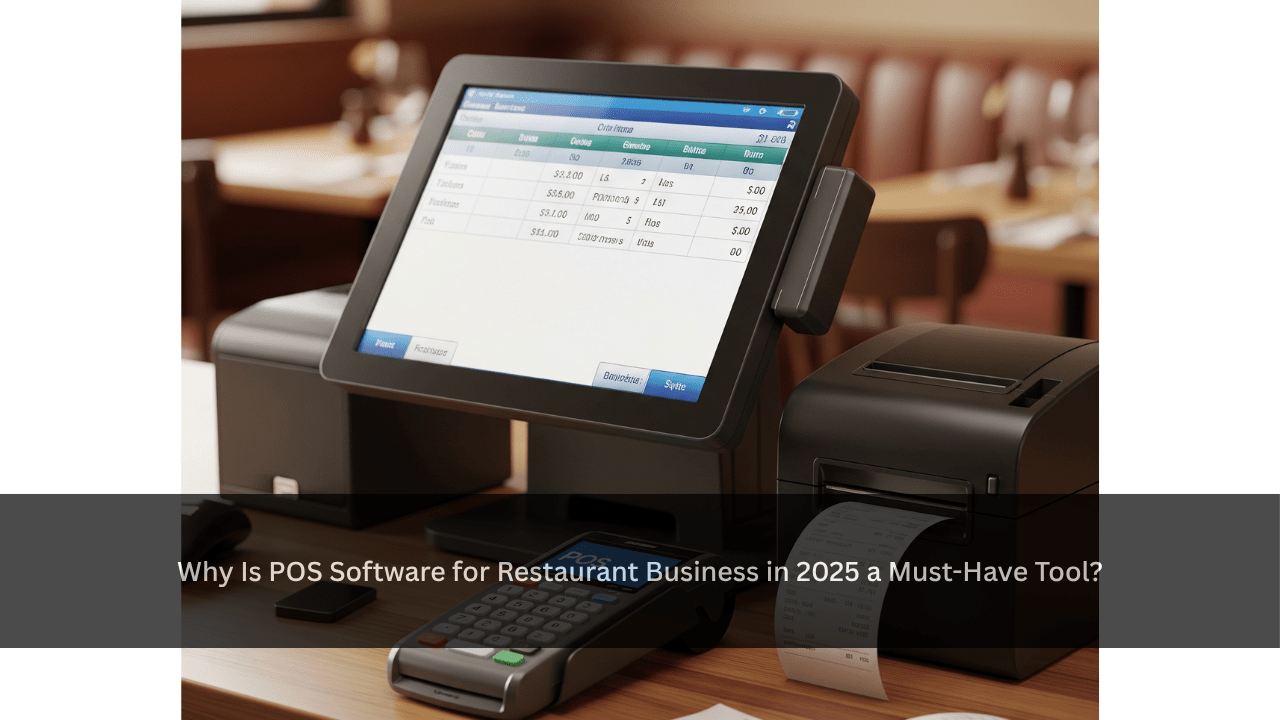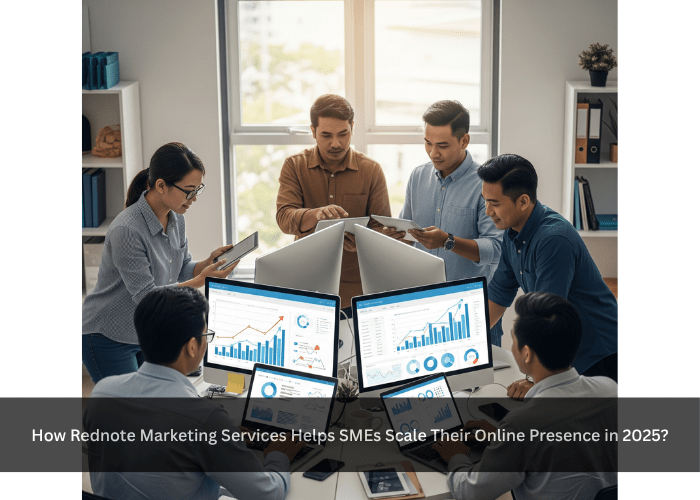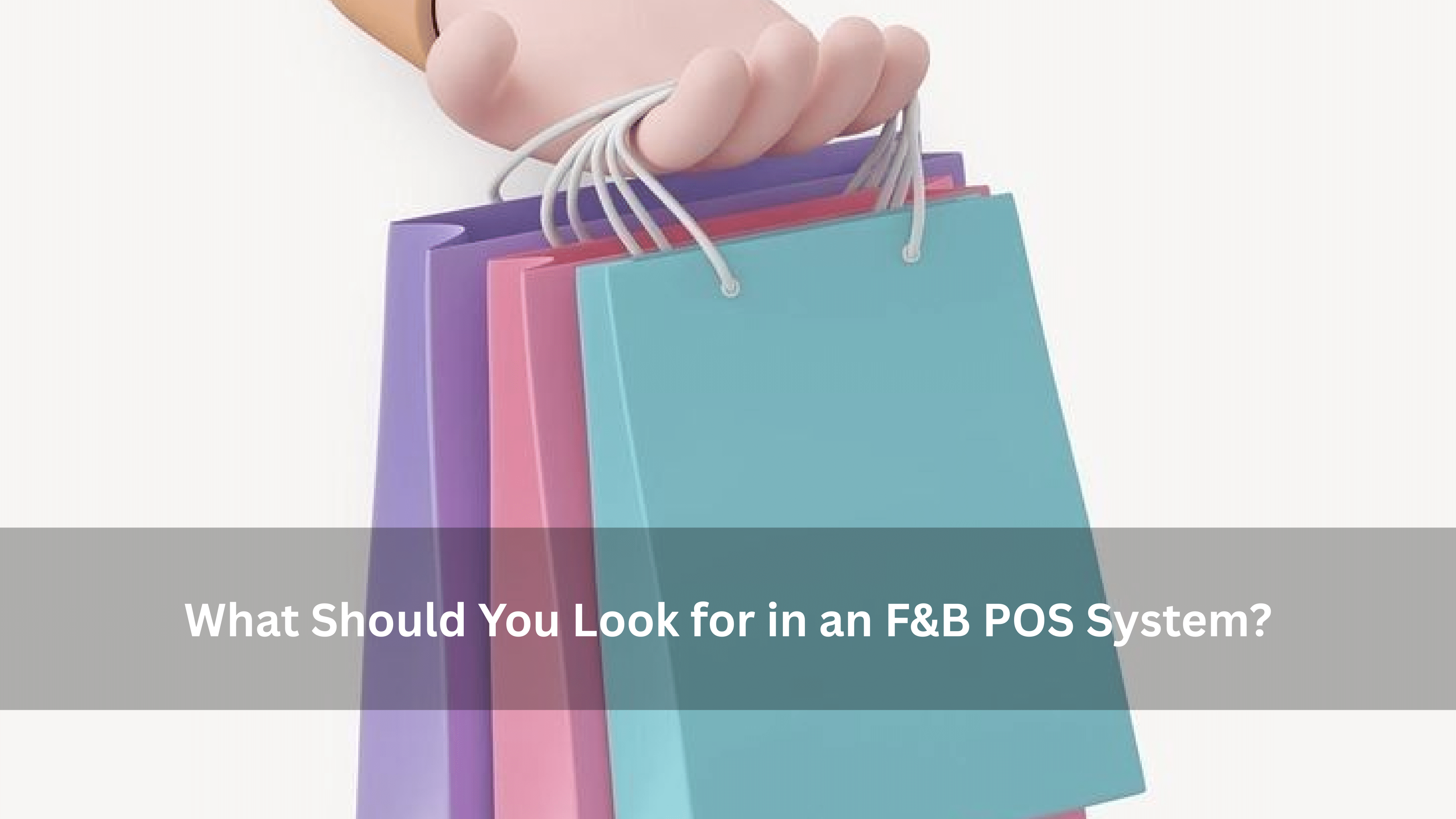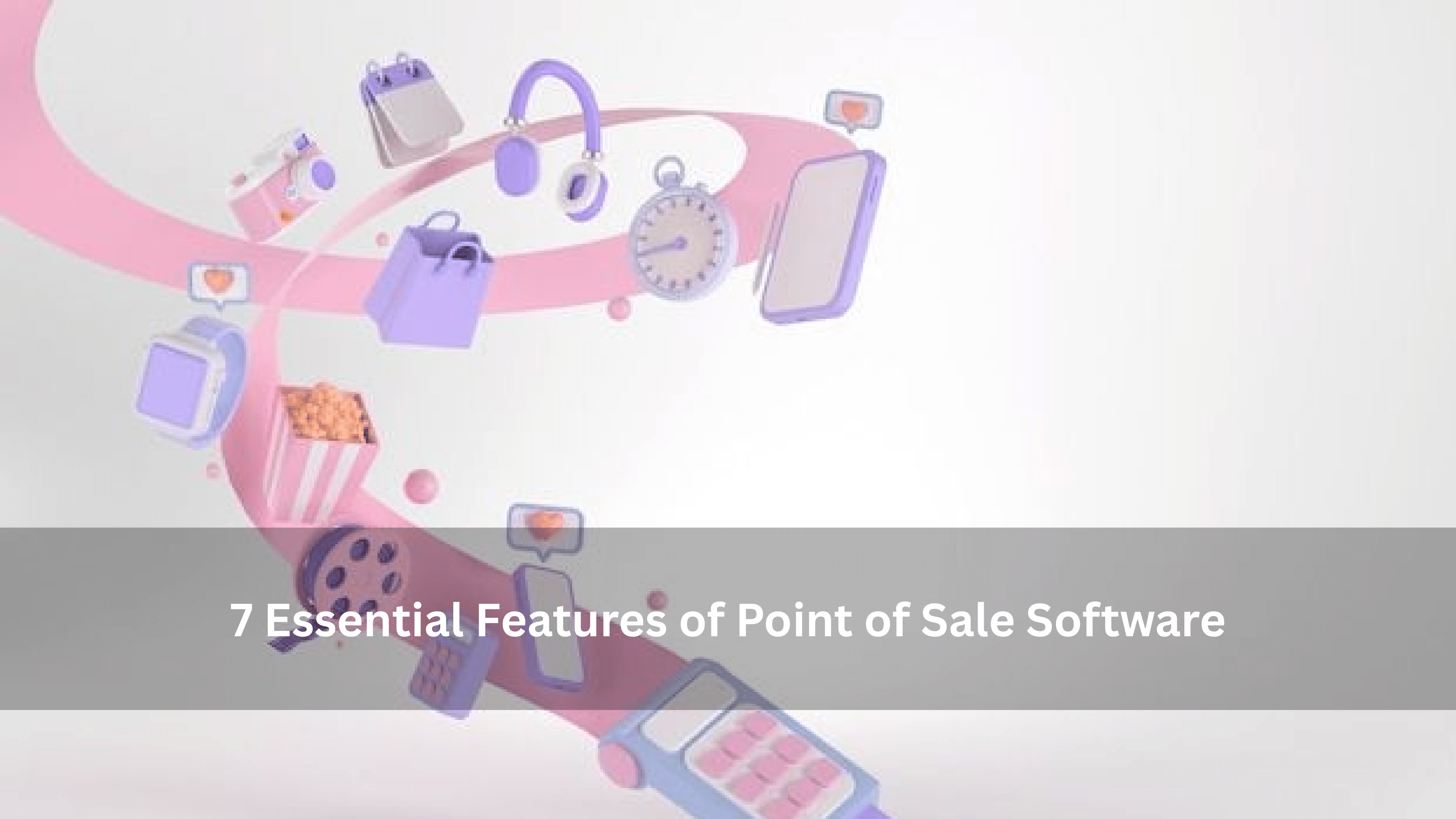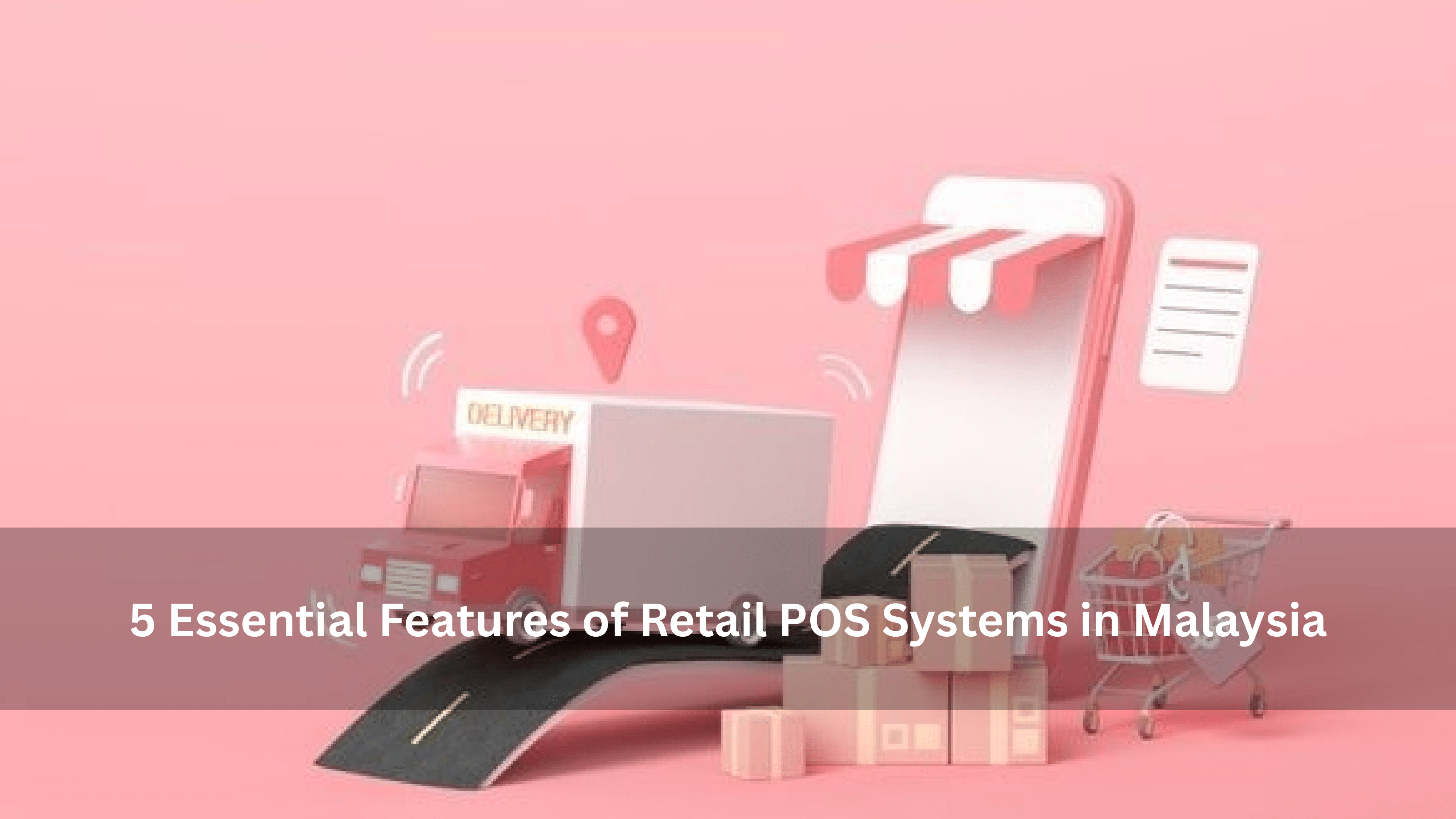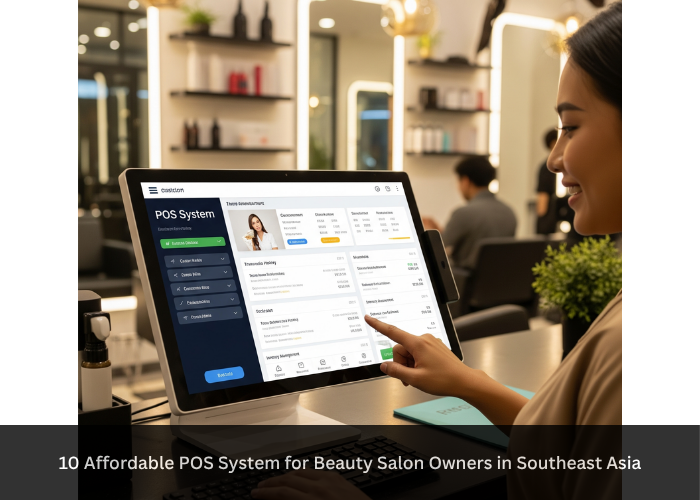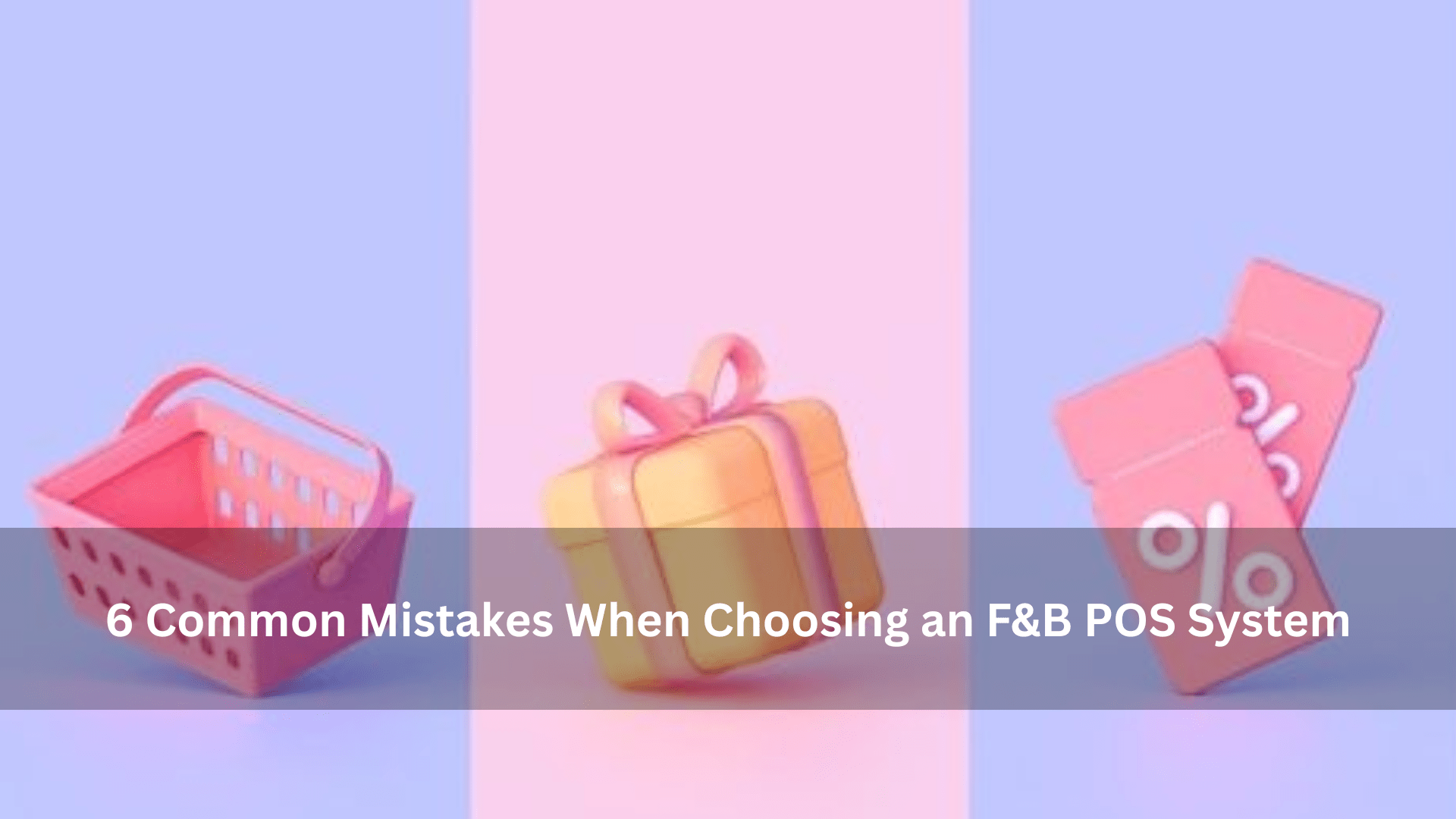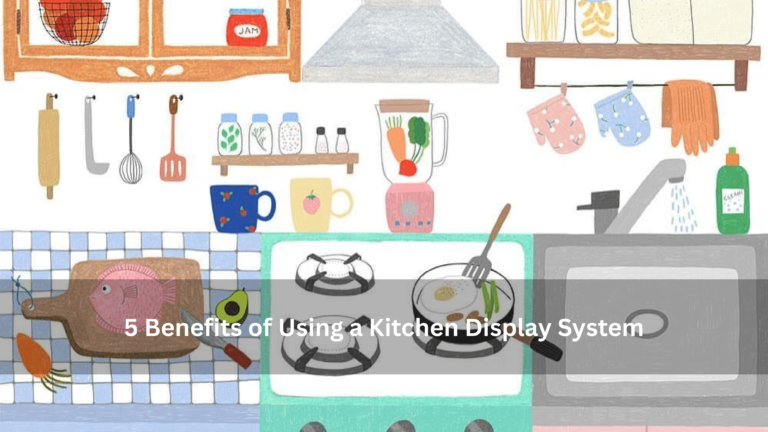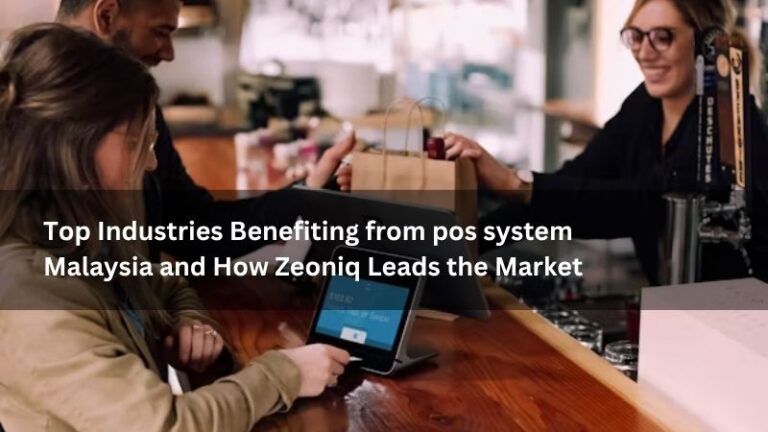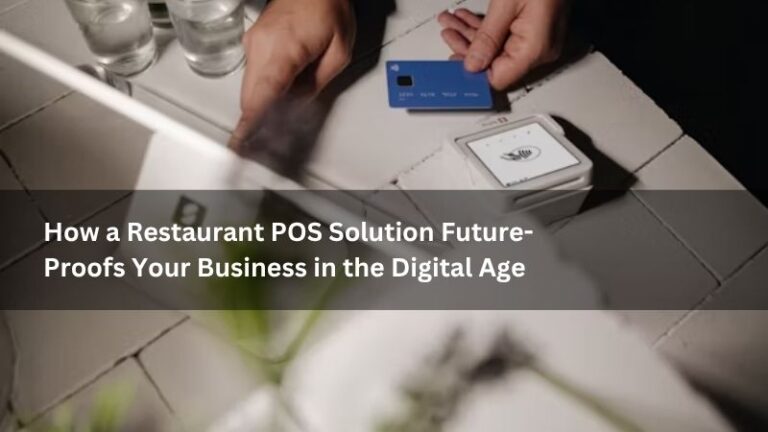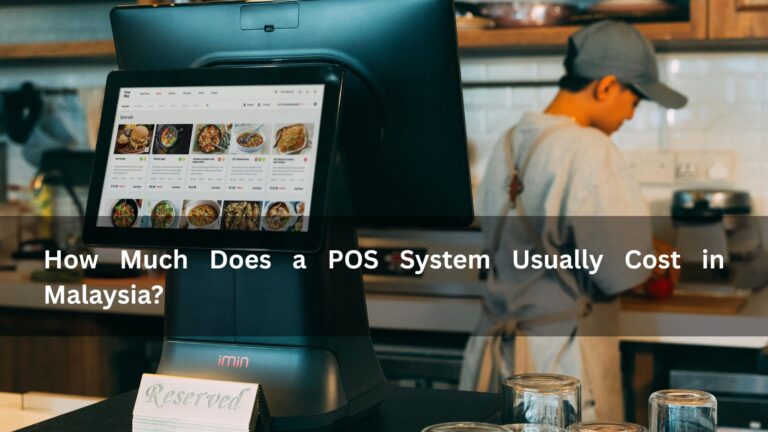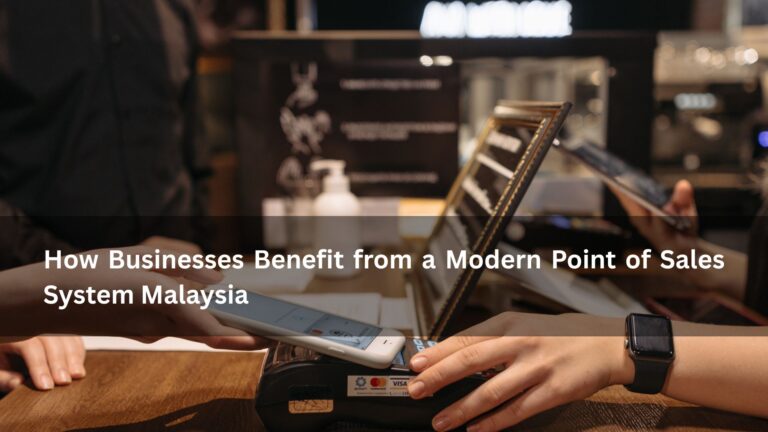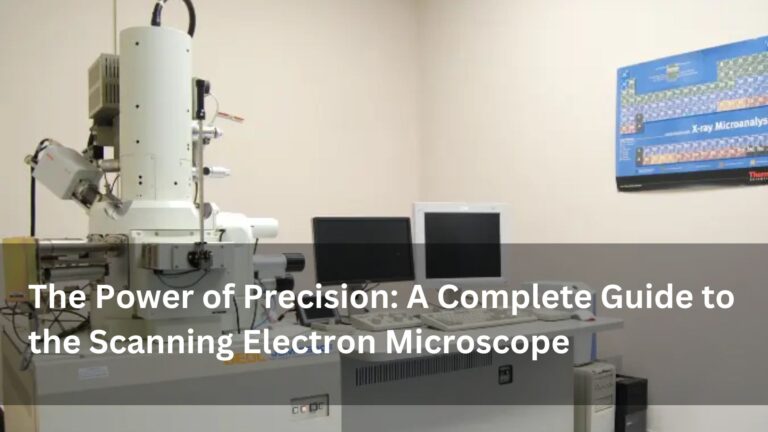In 2025, the restaurant industry is rapidly evolving—technology is no longer a luxury but a necessity. With tighter profit margins, higher customer expectations, and growing competition, restaurant owners must leverage modern tools to survive and thrive. One such game-changing innovation is POS Software for Restaurant operations. A Point of Sale system in today’s restaurant business is far more than a cash register—it’s an all-in-one digital hub managing everything from order-taking and inventory to customer engagement and business analytics.
The adoption of smart POS solutions has exploded in recent years due to the rise in online orders, delivery apps, and cloud-based integrations. Whether you’re a small café owner or managing a multi-outlet franchise, a powerful POS solution can revolutionize how you operate. This article dives deep into why POS Software for Restaurant businesses is essential in 2025 and how it’s shaping the future of food service.
Understanding What POS Software for Restaurant Truly Means
At its core, POS Software for Restaurant is a digital system that handles sales transactions. But in 2025, it’s evolved into a complete restaurant management solution. The modern POS system connects various aspects of restaurant operations:
-
Order Management: From dine-in to takeout to delivery
-
Payment Processing: Including cashless and contactless methods
-
Inventory Tracking: Real-time updates and alerts
-
Customer Relationship Management (CRM): Data capture, loyalty programs, and personalized promotions
-
Employee Scheduling and Access Control
-
Sales Reporting and Analytics
POS systems are typically deployed as cloud-based, mobile, or hybrid solutions, depending on the restaurant’s needs.
Key Features of POS Software for Restaurant Efficiency
To be truly effective, POS Software for Restaurant businesses must offer a comprehensive suite of features. In 2025, the most impactful POS systems include:
-
Table Management: Visual layouts for tables, reservations, and occupancy
-
KDS (Kitchen Display System): Orders routed directly to the kitchen in real-time
-
Split Billing & Tip Management: Flexibility for groups and customer preferences
-
Multi-location Management: Centralized control over franchises or multiple outlets
-
Employee Performance Tracking: Monitor sales, hours, and efficiency
-
Menu Engineering Tools: Easily update prices, add seasonal items, or analyze dish performance
-
Integration Capabilities: Compatible with accounting, payroll, loyalty, and delivery platforms
How POS Software for Restaurant Enhances Staff Productivity
A well-integrated POS system streamlines the work of every team member:
-
Waitstaff: Use handheld tablets to place orders instantly—fewer errors, faster service
-
Chefs & Kitchen Staff: Receive digital orders with clear modifiers and priority tags
-
Managers: Track performance metrics, shift hours, and sales trends from a centralized dashboard
-
Cashiers: Process payments smoothly with built-in calculators for tax and discounts
By automating routine tasks, employees can focus more on delivering exceptional service.
POS Software for Restaurant and Customer Experience
Customer satisfaction drives revenue—and POS Software is key to enhancing this experience:
-
Faster Turnaround: Orders are processed and delivered faster, minimizing wait times
-
Accurate Orders: Digital systems reduce errors and complaints
-
Loyalty Programs: Automatically reward frequent diners
-
Personalized Offers: CRM tools track customer behavior to offer customized deals
-
Omni-channel Access: Syncs dine-in, takeaway, and delivery under one system
Modern customers expect convenience, speed, and personalized experiences—and your POS helps deliver just that.
POS Software for Restaurant Analytics and Insights
Today’s business success hinges on data—and POS systems provide it in abundance. From daily sales and top-selling items to labor costs and waste tracking, POS analytics give restaurant owners powerful insights, including:
-
Hourly Sales Trends
-
Inventory Usage Reports
-
Menu Item Profitability
-
Labor Cost Percentage
-
Customer Demographics & Visit Frequency
Using this data, businesses can make informed decisions like adjusting pricing, reordering stock, and refining marketing campaigns.
Cost-Saving Benefits of POS Software for Restaurant Operations
Investing in technology may seem expensive, but modern POS systems offer exceptional returns:
-
Reduced Labor Costs: Automation replaces manual entry and speeds up service
-
Inventory Management: Avoid over-purchasing and reduce food waste
-
Increased Sales: Upselling prompts and loyalty incentives boost check averages
-
Fraud Prevention: Role-based access prevents unauthorized discounts or voids
-
Energy Efficiency: Digital displays replace printers, cutting paper costs and electricity use
Over time, these savings significantly increase profit margins—making POS Software for Restaurant operations a smart financial decision.
Trends Shaping POS Software for Restaurant Industry in 2025
The landscape of restaurant tech is continuously evolving. Some cutting-edge trends influencing POS development in 2025 include:
-
AI-Driven Upselling: POS systems now suggest items based on order history or pairing logic
-
Voice Ordering: Integrated voice assistants streamline order placement
-
Self-Ordering Kiosks: Ideal for fast food or cafes, reducing labor needs
-
Contactless & QR Code Menus: Customers can order and pay using personal devices
-
Blockchain Payment Gateways: Providing secure, transparent, and fast transactions
Staying up to date with these trends ensures your restaurant stays competitive and tech-forward.
Cloud-Based vs. On-Premise POS Software for Restaurant Businesses
In 2025, most restaurants prefer cloud-based POS systems for their flexibility and scalability. However, on-premise systems still have a place in some scenarios.
| Feature | Cloud-Based POS | On-Premise POS |
|---|---|---|
| Accessibility | Anywhere with internet | Local device only |
| Cost | Subscription-based | High upfront hardware cost |
| Updates | Automatic and frequent | Manual |
| Data Security | Encrypted backups | May require external IT help |
| Scalability | Easy to scale | Limited flexibility |
For growing businesses, cloud-based POS offers the best balance between power and convenience.
POS Software for Restaurant Integration with Delivery and Online Ordering
With more customers choosing home delivery and digital ordering, POS integration with third-party platforms is critical:
-
Auto-Sync with Delivery Apps: GrabFood, Uber Eats, Foodpanda, etc.
-
Centralized Menu Management: Update pricing and items across all platforms from the POS dashboard
-
Real-Time Inventory Sync: Avoid selling unavailable items
-
Delivery Time Tracking: Keep customers informed and reduce complaints
-
Custom In-House Delivery Solutions: Bypass third-party fees
Seamless POS integration reduces errors, improves operational flow, and enhances customer satisfaction.
Choosing the Best POS Software for Restaurant Success in 2025
There are dozens of options in the market—choosing the right one requires careful consideration. Here’s a checklist:
-
Understand Your Needs: Casual dining, fine dining, quick service, etc.
-
Set a Budget: Include hardware, setup, training, and monthly fees
-
Check Compatibility: Ensure integration with your existing tools
-
Look for Customization: Menus, layout, and workflows should fit your brand
-
Test Customer Support: 24/7 availability is a must
-
Request a Demo: Most top providers offer free trials
-
Read Reviews: Learn from the real-world experience of other restaurant owners
A well-chosen POS will adapt and grow with your business—don’t settle for less.
Frequently Asked Questions (FAQs) About POS Software for Restaurant
Q1. What is the cost of POS Software for Restaurant businesses in 2025?
A: Most systems range from $29 to $299/month, depending on features, users, and hardware.
Q2. Can POS Software work offline?
A: Yes, many modern systems offer offline mode with automatic data sync once connected.
Q3. Is training required to use a POS system?
A: Most providers offer free onboarding, tutorials, and support to help staff learn quickly.
Q4. Can POS Software handle multiple restaurant locations?
A: Yes, cloud POS systems are ideal for multi-branch chains and franchises.
Q5. What integrations should I look for?
A: Key integrations include accounting (Xero, QuickBooks), delivery (Uber Eats, Grab), and CRM tools.
Q6. How do loyalty programs work within POS Software?
A: Customers earn points or rewards automatically, and the system tracks redemptions and engagement.
Conclusion: The Future of POS Software for Restaurant is Now
As restaurant owners look toward the future, adopting the right technology becomes a strategic advantage. In 2025, POS Software for Restaurant businesses is no longer optional—it’s essential. From improving daily operations and enhancing customer service to unlocking valuable data insights and saving money, a robust POS system is the backbone of modern restaurant success.
By understanding its features, benefits, and trends, you’ll be better positioned to choose a solution that drives efficiency, scales with growth, and delights every diner. Now is the time to invest in smart, agile POS technology that transforms your restaurant from the inside out.

